 |
What is a "Pointed" Cat.....
This page is meant to show how this color pattern gene expresses itself in cats, not a scientific explanation, just examples. This pattern of color on cats (Pointed) is normally associated with Siamese Cats. Left is a picture of a Siamese. | 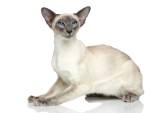 |
| 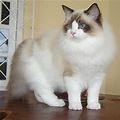 | Sometimes cats with the pointed gene will look like a Ragdoll. The white spotting gene has covered up the points on the legs and part of the head. When Siamese and other pointed cats age,the color also starts coming in on the body. This Ragdoll has a lovely patina. Birman cats are also pointed cats, with an additional gene to make them have "gloves" and "laces" of white on their feet along with point color. |
| Pointed cats can also come with "red" points or "cream" points and females can be "tortie points." Right is a red point Himalayan,the Persian version of pointed cats. There are recessive colors associated with the pointed gene: chocolate and lilac, Many breeds now have solid color cats of choclate and lilac from selectic breeding. | 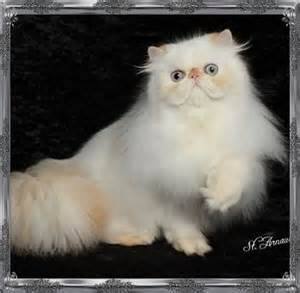 |
| 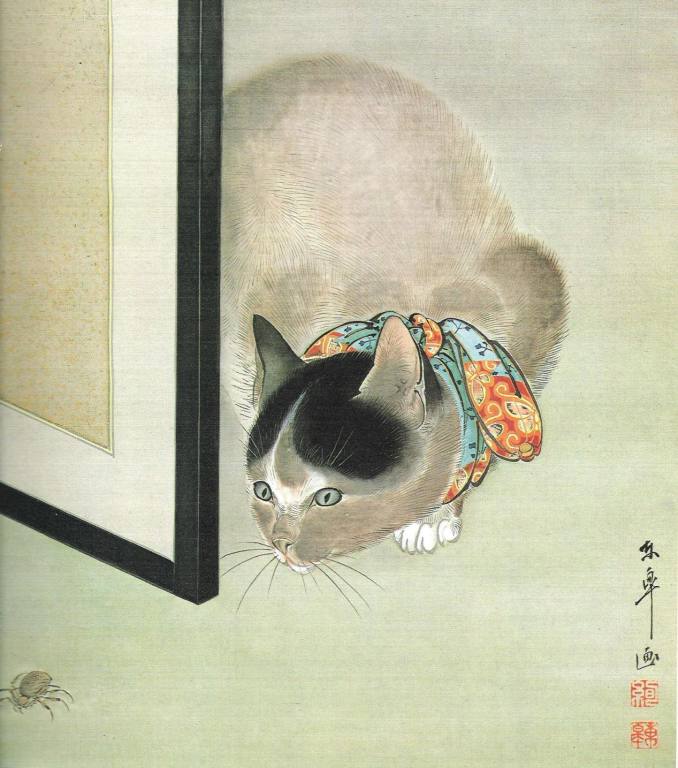 | Because cats in Japan came from China and Korea in 600-700 A.D. and mi-kes were carried on fishing vessels for good luck, it is probably with these first cats that the gene was introduced to Japan. Right is painting on silk by Japanese Artist Toko (1868-1911) from the Metropolitan Museum of Art, called "Siamese Cat and Spider." |
| Because the gene is recessive, it is not found in all the populations of cats in Japan. Okinawa seems to have a higher percentage of pointed, pointed and white JBTs than other Japanese islands. Picture of Japanese children in modern Okinawa with their pointed bobtails. | 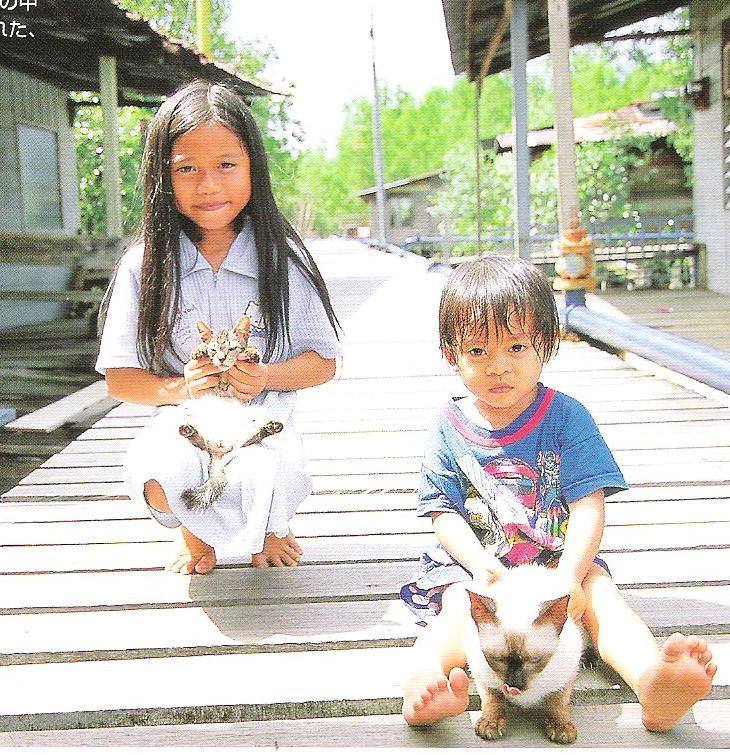 |
| 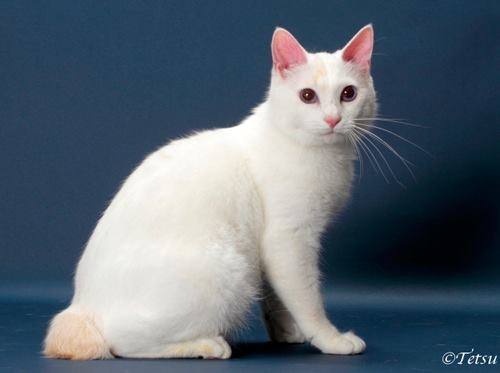 | U.S. JBT breeders have had "pointed" and "pointed and white" kittens born occasionally since the first imports, and like their longhair counterparts, were "petted" out; but records were kept. Longhair JBTs were accepted CFA/TICA,and finally we have pointeds accepted for registration in CFA and as of May 1, 2016, we can show them in CFA. They have been shown in TICA. since 1980. Left is DGC Yuki-Usagi Y Ibuki of Kurisumasu,bred in Japan,sent to Kurisumasu in 2013. Buki is the progenitor of the pointed cats at Kurisumasu. Most of his color is covered by the white spotting gene. His breeder is Yukiko Terashima of Sapporo, Japan. Sadly, Buki passed last year. |
| | This is Dori. She was a BIG surprise. Kurisumasu brought in a female from a Canadian Breeder and unbeknownst to either of us, Fujin was a point carrier. There are no pointed cats in her pedigree. But 15 - 20 generations back there are several cats from Kojiki, Morriskats, and Samiz catteries who had pointeds born in their catteries. So when Fujin produced two white kittens,I knew they were pointed. (See below for explanation). I am hoping that Dori will be an important part of Pointeds as well as her mother, Fujin. My goal is to created regular points and pointed and whites with lots of color. | 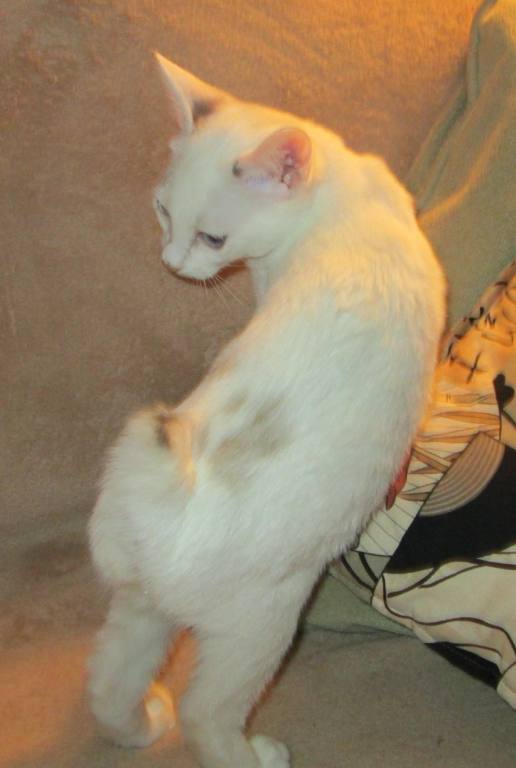 |
| 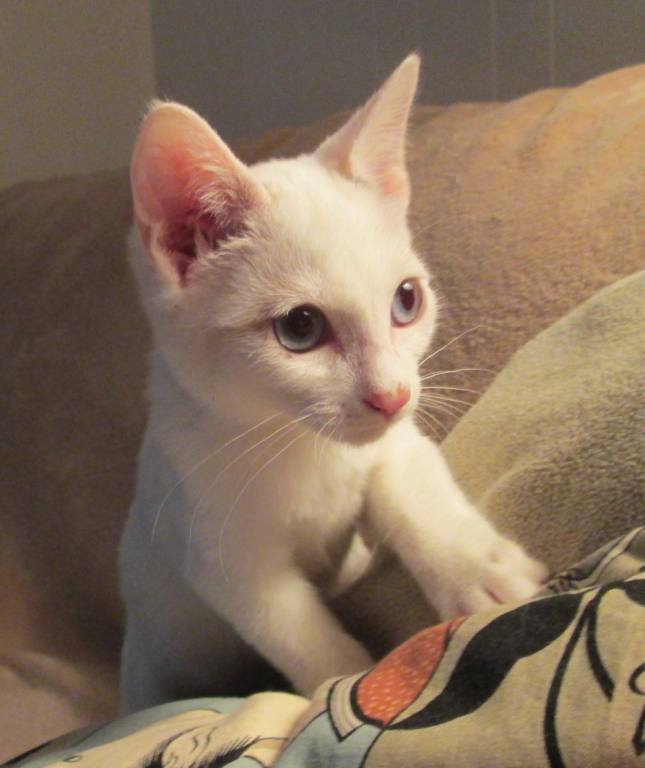 | Left: Dori with her blue eyes. She looks very much like her sire, Buki. Dori has had 2 litters. The first sire was not a pointed carrier. The second litter she had 2 pointed kittns!
Interesting notes about this gene: Blue eyes are also the norm for pointed (and pointed and white) kittens. The partial albinism gene that causes the coloration, also causes the eyes to remain blue.The color is actually the result of light being reflected back from the retina.
Also,any cat with the pointed gene,is born white because of this gene that produces partial albinism. However, a genetic mutation of this gene restricts coloring to the cats' extremities, including the facial mask, legs and tail. This mutation affects the enzymes that produce pigment in the fur, but the amount of pigment these enzymes produce is greatly affected by temperature.
Temperatures of 98 degrees Fahrenheit or greater cause the enzymes to produce almost no discernible coloring in the hair shafts on the cat's main body. However, the cat's extremities are generally cooler than the body, so the enzymes do produce coloring in these areas.
So, why are pointed kittens born white? The temperature inside the womb exceeds 98 degrees Fahrenheit, so color production is retarded. The enzymes don't become fully operational until the kittens are a bit older. Experienced breeders can make an educated guess at the color outcome of a breeding, but won't be able to tell for sure which color a kitten will be for approximately 3 weeks.
|
| And this is Ittou, Dori's half brother. Another HUGE surprise! His mother came to me from Texas and low and behold! Ittou was born in her first litter for me. Although, a few generations back there are known carriers, I never gave it much thought. Ittou is now an Agility Winner in CFA and a Champion. He is also a Double Grand Champion in TICA. Ittou sired several litters of great kittens, but was not bred to another pointed. Wanted him to get his pointed in females who would be bred then to outcrosses. Ittou is retired now.
| 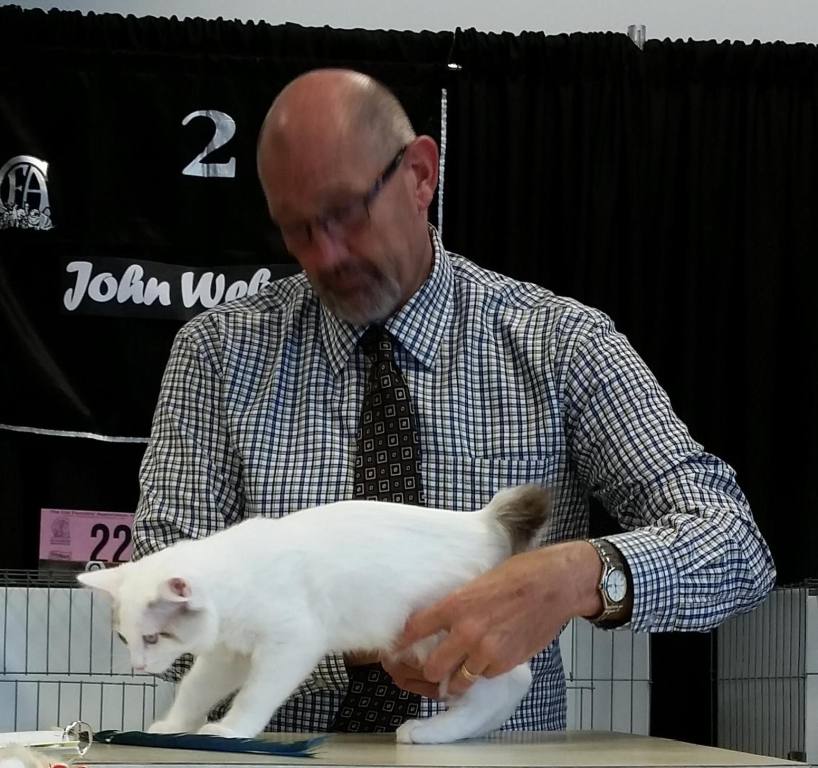 |
| 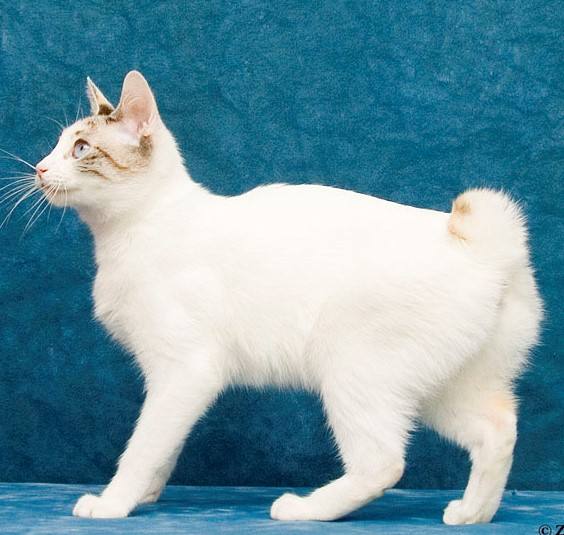 | This is Possum aka GC RW Kurisumasu Impossiblel Dream Bunny. She is a culmination of 5 years of breeding. First Pointed and White Grand CHAMPION in Cat Fanciers' Association. She will be bred to a non-pointed gene carrier to enhance the gene pool. Babies in October? We hope. By the way, Ittou is her grandsire.
UPDATED 8/30/2020 |
|
|
|
 |
|
